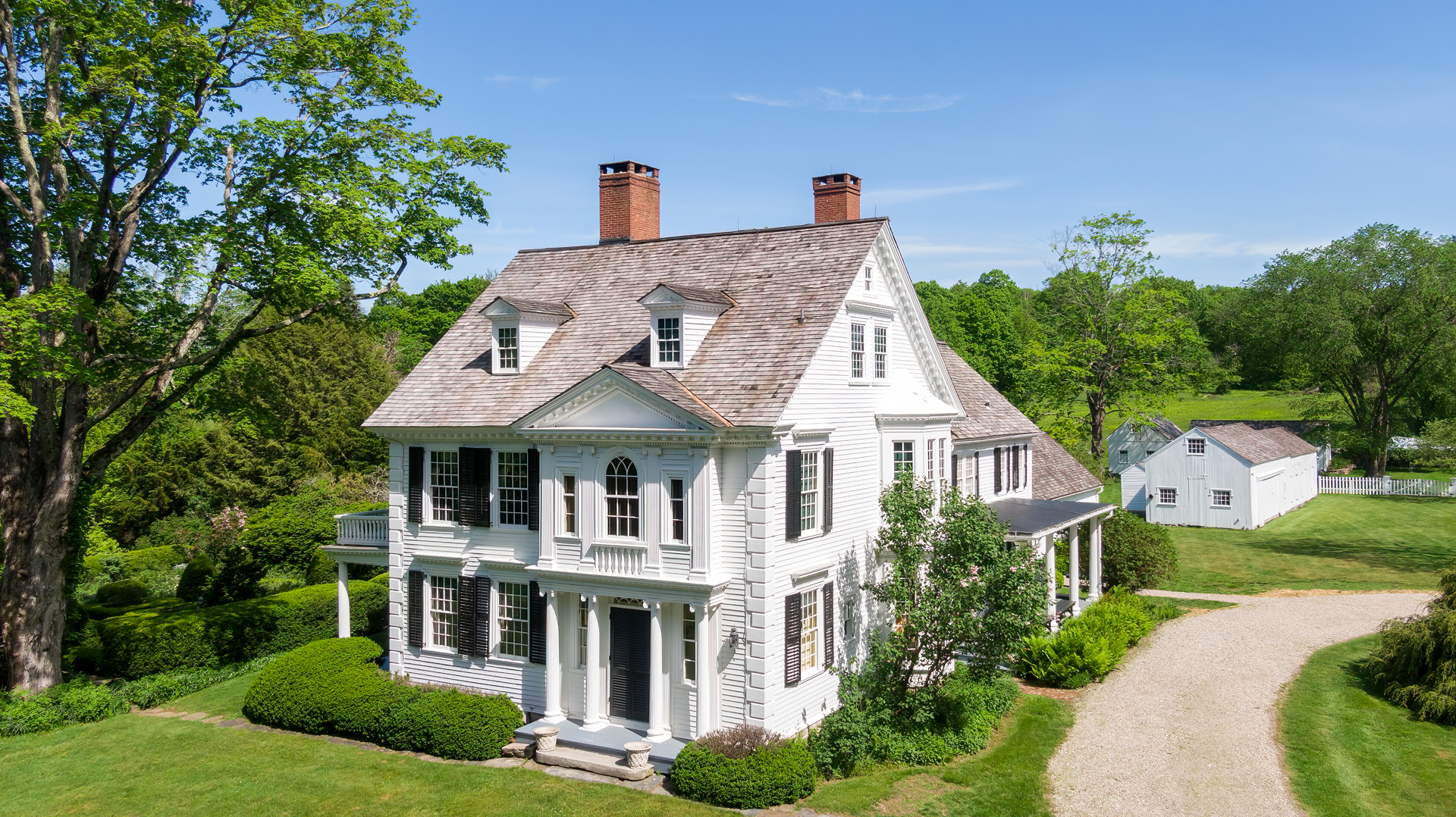When Europeans began settling in New England in the mid-1600s, they also began enslaving people here. By the American Revolution, Connecticut enslaved more Africans than any other New England colony. In 1848, Connecticut became the last New England state to outlaw slavery, though enforcement of the Fugitive Slave Act continued through the start of the Civil War.
Even when slavery was illegal in Connecticut, industries like boatbuilding and textile manufacturing based here benefited from the use of enslaved labor in cotton and timber production in other parts of the country.
At Connecticut Landmarks, we work to understand how the history of slavery and the fight for freedom and equality continues to impact us today. In 2023, staff worked with local students and representatives of the Witness Stones Project™ to research and memorialize the lives of several individuals who were enslaved at the houses we now operate as museums.
About the Witness Stones Project
The Witness Stones Project™ is an educational initiative whose mission is to restore the history and honor the humanity of the enslaved individuals who helped build our communities.
The Project provides local archival research, professional teacher development, a classroom curriculum, and public programming to help students discover and chronicle the local history of slavery. The final component of the work in each community is the placement of Witness Stone Memorials™ that honor enslaved individuals where they lived, worked, or worshiped.
Inspired by the Stolpersteine project, and with its blessing, the Project began in Guilford, Connecticut, in 2017, and became a 501(c)(3) in October 2019. The Project has partnered with 94 schools and civic organizations in 50 communities across five states. More than 6,600 middle and high school students and their communities have participated in the Project.
Bellamy-Ferriday House & Garden

During this project, students at The Woodhall School received firsthand education in untangling historical fact from historical legend. Known only as “Bellamy’s man” at this point, their research helped them identify an enslaved person whose movements are as yet unknown after he was conscripted into the Continental Army during the American Revolution.
Hempsted Houses

Adam Jackson was enslaved for decades by Joshua Hempsted, who kept a daily diary that included notes on Jackson’s work, relationships, and life in the city. Working with students from The Williams School, Hempsted Houses staff will commemorate the experience of Adam Jackson, and the ties that connected him to his family in the area.
Phelps-Hatheway House & Garden

Students from Suffield Academy researched the two enslaved people listed under Oliver Phelps’ 1790 census record. When Lewis and Barbara Butler later moved to Canandaigua, NY, they helped their daughter Patience and her husband Austin Steward establish deep ties to the Underground Railroad network in the Rochester area, a community that later assisted Frederick Douglass with his abolitionist work in the region.
Witness Stone Memorial™ Dedication Ceremonies
Join students, teachers, staff and community partners to dedicate the Witness Stone Memorials™ being installed at each of our sites. Students will share their research and staff will be on hand to answer questions as we commemorate the lives of the individuals enslaved in our communities.
There is no charge for these events. Advance registration is available, but walk-ins are also welcome.
Bellamy-Ferriday House & Garden
Dedicated Tuesday, May 23, 2023
